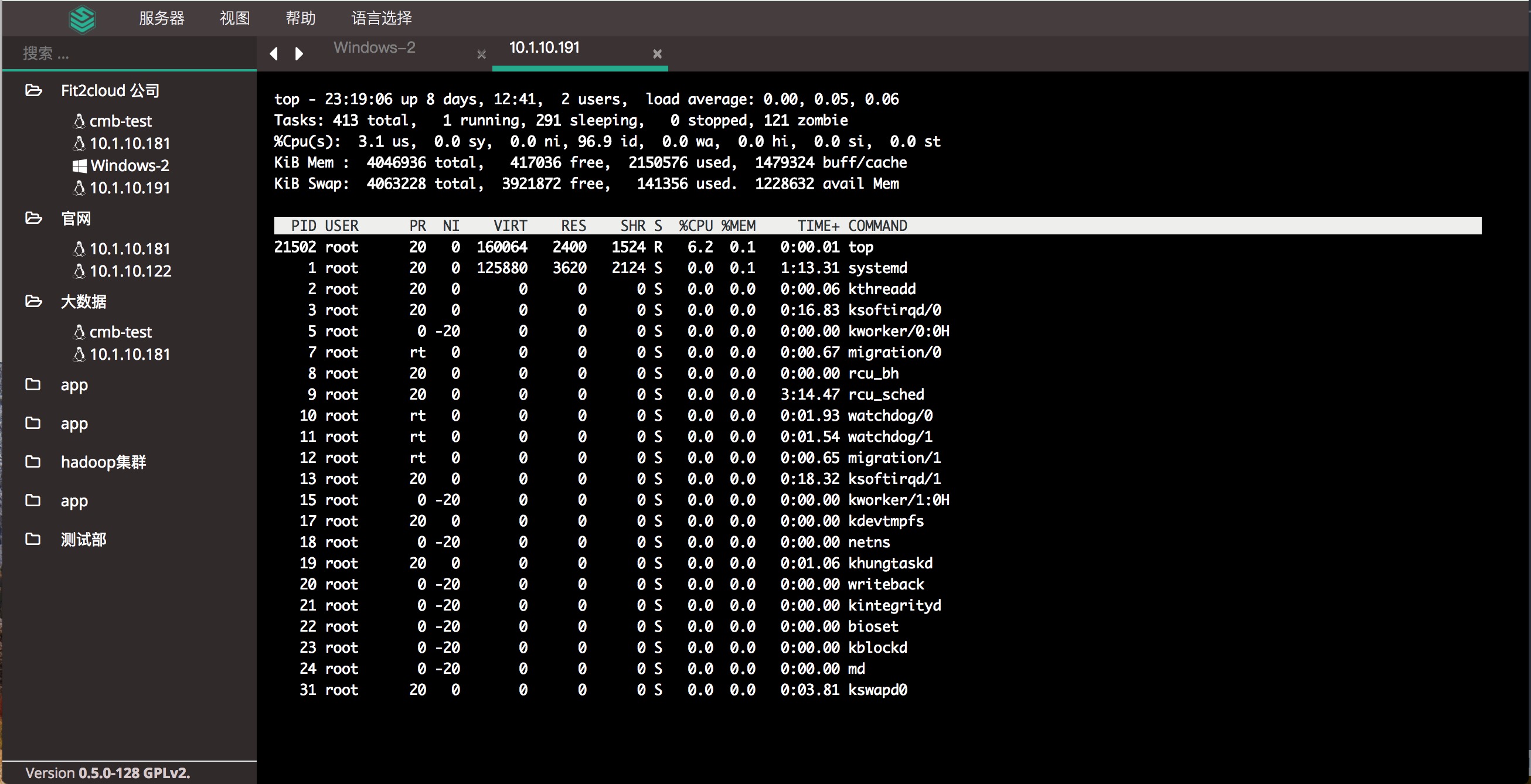开源跳板机(堡垒机)系统 Jumpserver安装教程(带图文)
环境
- 系统: CentOS 7
- IP: 192.168.244.144
- 关闭 selinux 和防火墙
一. 准备 Python3 和 Python 虚拟环境
1.1 安装依赖包
1.2 编译安装
1.3 建立 Python 虚拟环境
因为 CentOS 6/7 自带的是 Python2,而 Yum 等工具依赖原来的 Python,为了不扰乱原来的环境我们来使用 Python 虚拟环境
# 看到下面的提示符代表成功,以后运行 Jumpserver 都要先运行以上 source 命令,以下所有命令均在该虚拟环境中运行 (py3) [root@localhost py3]
二. 安装 Jumpserver 1.0.0
2.1 下载或 Clone 项目
项目提交较多 git clone 时较大,你可以选择去 Github 项目页面直接下载zip包。
2.2 安装依赖 RPM 包
2.3 安装 Python 库依赖
2.4 安装 Redis, Jumpserver 使用 Redis 做 cache 和 celery broke
2.5 安装 MySQL
本教程使用 Mysql 作为数据库,如果不使用 Mysql 可以跳过相关 Mysql 安装和配置
2.6 创建数据库 Jumpserver 并授权
2.7 修改 Jumpserver 配置文件
注意: 配置文件是 Python 格式,不要用 TAB,而要用空格
2.8 生成数据库表结构和初始化数据
2.9 运行 Jumpserver
运行不报错,请浏览器访问 http://192.168.244.144:8080/ (这里只是 Jumpserver, 没有 Web Terminal,所以访问 Web Terminal 会报错)
账号: admin 密码: admin
三. 安装 SSH Server 和 WebSocket Server: Coco
3.1 下载或 Clone 项目
新开一个终端,连接测试机,别忘了 source /opt/py3/bin/activate
3.2 安装依赖
3.3 查看配置文件并运行
这时需要去 Jumpserver 管理后台-会话管理-终端管理(http://192.168.244.144:8080/terminal/terminal/)接受 Coco 的注册
3.4 测试连接
密码: admin
如果是用在 Windows 下,Xshell Terminal 登录语法如下
密码: admin
如果能登陆代表部署成功
四. 安装 Web Terminal 前端: Luna
Luna 已改为纯前端,需要 Nginx 来运行访问
访问(https://github.com/jumpserver/luna/releases)下载对应版本的 release 包,直接解压,不需要编译
4.1 解压 Luna
五. 安装 Windows 支持组件
因为手动安装 guacamole 组件比较复杂,这里提供打包好的 docker 使用, 启动 guacamole
这里所需要注意的是 guacamole 暴露出来的端口是 8081,若与主机上其他端口冲突请自定义一下。
再次强调:修改 JUMPSERVER_SERVER 环境变量的配置,填上 Jumpserver 的内网地址, 这时 去 Jumpserver-会话管理-终端管理 接受[Gua]开头的一个注册
六. 配置 Nginx 整合各组件
6.1 安装 Nginx 根据喜好选择安装方式和版本
6.2 准备配置文件 修改 /etc/nginx/nginx.conf
6.3 运行 Nginx
6.4 访问 http://192.168.244.144
Jumpserver介绍
Jumpserver是全球首款完全开源的堡垒机,使用 GNU GPL v2.0 开源协议,是符合 4A 的专业运维审计系统。
Jumpserver 使用 Python / Django 进行开发,遵循 Web 2.0 规范,配备了业界领先的 Web Terminal 解决方案,交互界面美观、用户体验好。
Jumpserver 采纳分布式架构,支持多机房跨区域部署,中心节点提供 API,各机房部署登录节点,可横向扩展、无并发访问限制。
功能
-
统一认证
-
资产管理
-
统一授权
-
审计
-
支持LDAP认证
-
Web terminal
-
SSH Server
-
支持Windows RDP
Windows 终端
Linux 终端
资产管理
用户管理
仪表盘
欢迎大家,加入我的微信公众号:代码帮
同时,大家可以关注我的个人博客:
https://blog.csdn.net/ITLearnHall
http://www.cnblogs.com/IT-LearnHall/
人生苦短,我愿分享。本公众号将秉持活到老学到老学习无休止的交流分享开源精神,汇聚于互联网和个人学习工作的精华干货知识,一切来于互联网,反馈回互联网。
目前研究领域:大数据、机器学习、深度学习、人工智能、数据挖掘、数据分析。 语言涉及:Java、Scala、Python、Shell、Linux等 。同时还涉及平常所使用的手机、电脑和互联网上的使用技巧、问题和实用软件。 只要你一直关注和呆在群里,每天必须有收获
对应本平台的讨论和答疑QQ群:大数据和人工智能(总群)(779809018)
微信公众号每天分享最新IT、大数据和人工智能新技术





